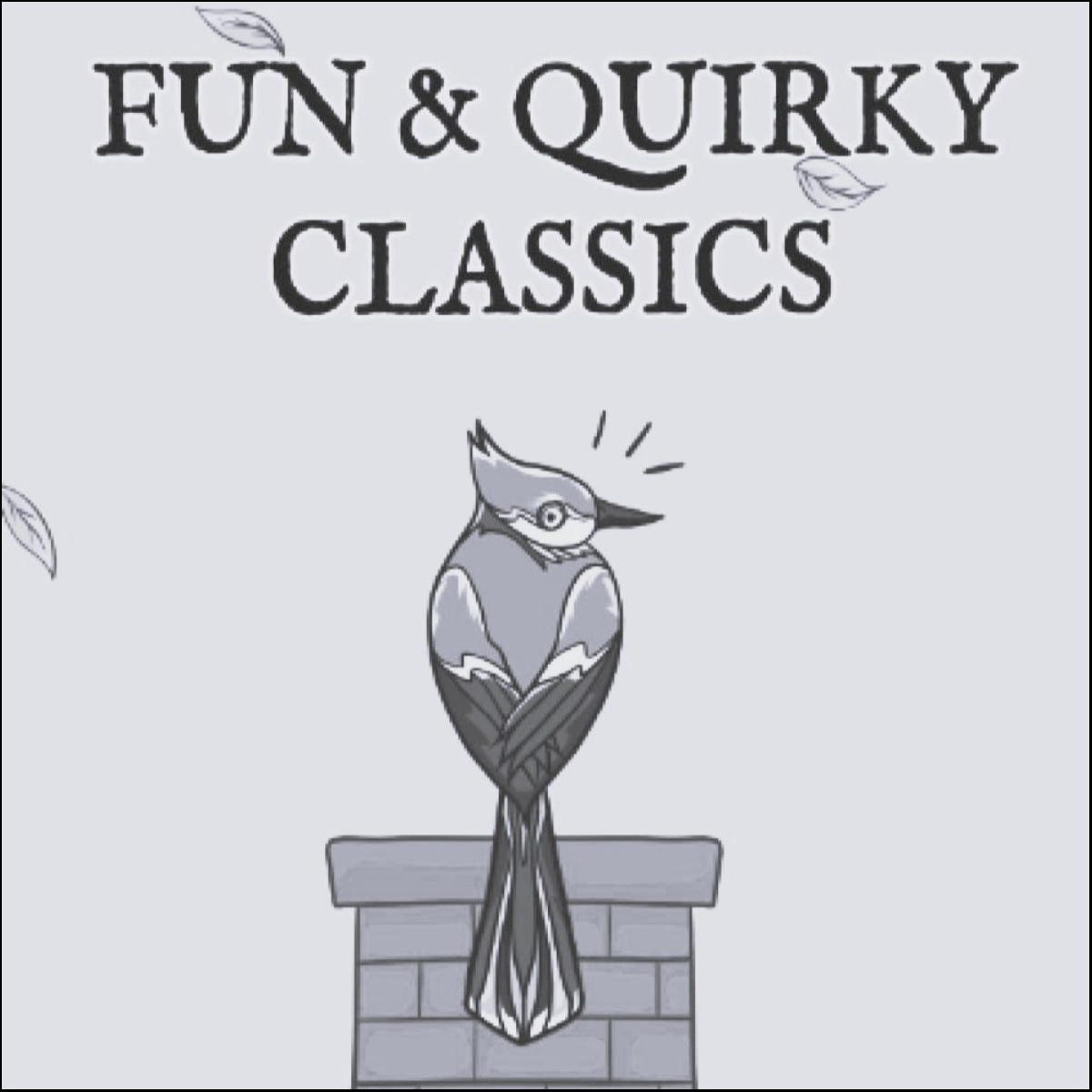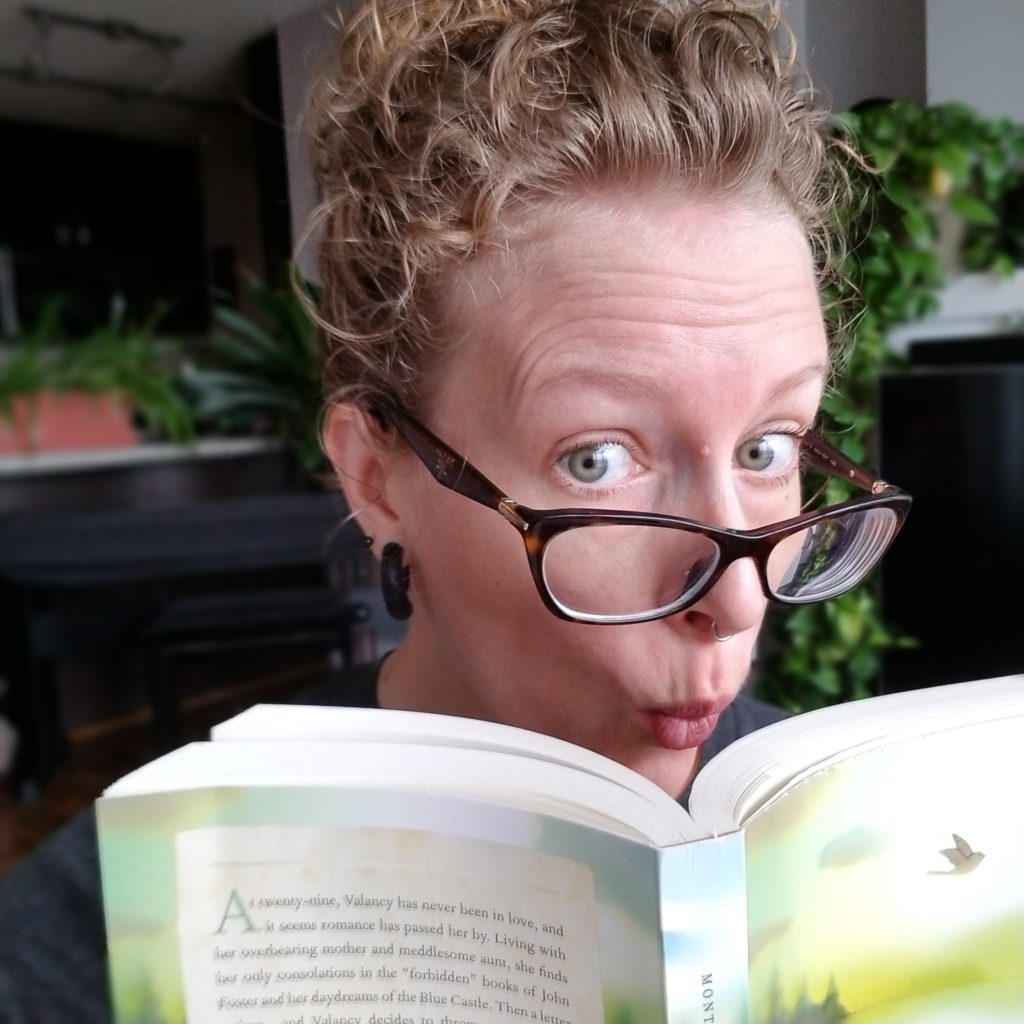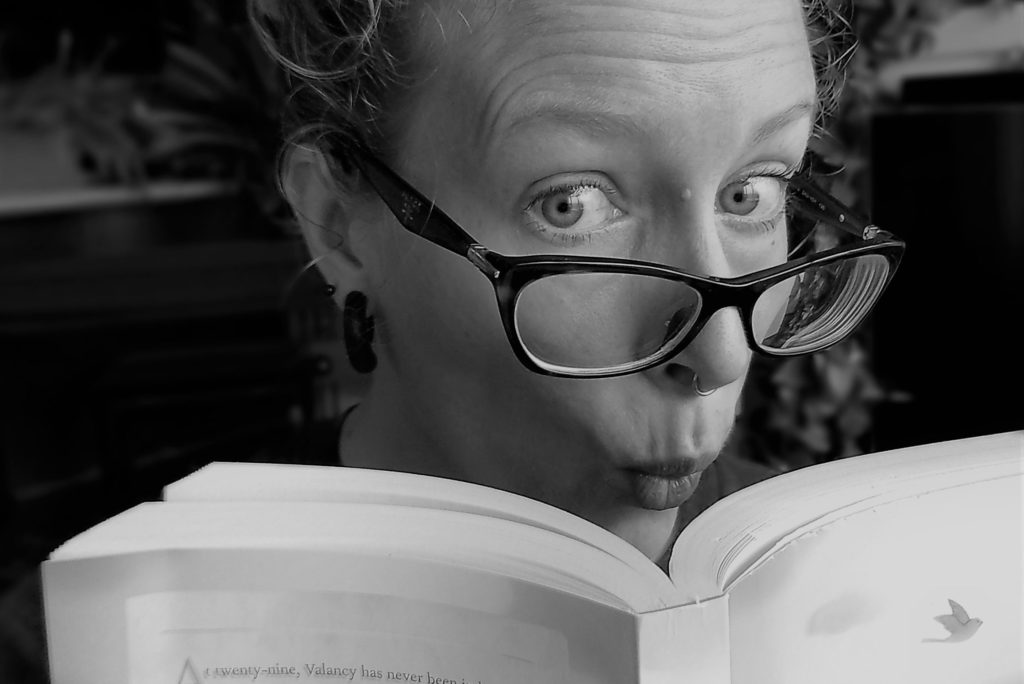
Fun & Quirky Classics is an anthology of seventeen short stories, by seven well-known and nearly forgotten authors, published between 1880 and 1914. Without getting too serious, each story comments on the prevailing views of the time—social class, morality, etiquette, the proper raising of children, and the place of women—vestiges of which still plague us today. Editor Carolyn J Wild brings together stories that vary in length by nine thousand words, with approaches to humour that range from well-concealed satire to open mockery, and unifies them splendidly beneath a cheeky and light-hearted tone.
The relevance of theme is secondary to Carolyn’s real purpose, however. In her introduction, she focuses on how some authors live on through their works while others fade into obscurity: “You’ve likely heard of Oscar Wilde and Mark Twain. But have you enjoyed the comic genius of Stephen Leacock and Saki?” She hopes that by “giving you a taste of seven classic writers . . . it’ll help you discover which authors you’d like to explore further.” And if that isn’t enough to lure a short story lover, she anchors the book with an unfamiliar story or two from each of the authors famous for longer works: JM Barrie, Mark Twain, O Henry, and Oscar Wilde. Then, to achieve her goal, she lavishes us with up to four stories each from the equally excellent but lesser-known authors: Stephen Leacock, Saki, and WW Jacobs, giving us a real taste of their styles.
But, (and of course, there’s a but), after you get to know their writing a little, and you go to the internet to track them down, you find that every one of them, just like most of the characters in their stories, is a white, able-bodied, heterosexual male (except for Oscar Wilde, who famously struggled for his right to love whom he chose until he died in exile). A plot hole that completely undermines Carolyn’s purpose.
As with most gaps in continuity, it is unlikely that Carolyn meant to ignore marginalized and under-published writers. There is a reason why the first and second authors who come to mind belong to the privileged minority. But in 2022, everyone is uncomfortably aware of preservation bias in classic literature and should strive to reach beyond merely celebrating authors whose reign was too short. To be meaningful today, an anthology must be representative of its readers, or the editor risks perpetuating the myth that diversity is political rather than our reality. Writers never were all white men, and neither were their readers. Just ask Charles W Chestnut, Theo Douglas (Henrietta Dorothy Everett), Vernon Lee (Violet Paget), Mizuno Senko, or Charlotte Riddell (all of whom were hilarious).
As short story readers and writers, many of us have lists of short fiction that we wish everyone would read and might even consider putting them into an anthology. But when we are in the position to do so, we must also take a step back and look at the message behind the book as a whole. Does it contribute to the anthology form? Does it speak to our entire readership? This book does not. I give it 2.5 stars.
The stories themselves fared far better and are certainly worth reading. Here are the individual ratings for each story, accompanied by a mini summary and my run-on sentence review:
“My Financial Career” by Stephen Leacock (1910) A man enters a bank to open an account and gets swept up by an awkward bout of nerves. I love how the character’s stream of consciousness plays off dialogue with the supporting character. I didn’t want it to end. 4 stars.
“Luck” by Mark Twain (1891) A young man and a clergyman sit side by side at a banquet to honour an admiral when the clergyman admits that he’s been hiding the admiral’s foolishness to protect his career. A fantastic commentary on the military and the church. 4 stars.
“The Mouse” by Saki (1910) Theodoric isn’t used to dealing with the cruder aspects of life, especially in public and finds himself mortified before the fairer sex. I wonder if the moral of this story means something different now than it would have been in 1910? It seems he might have meant, “Others’ problems are more significant than your own.” Now, it feels more like, “Don’t concern yourself with what others think of you.” 4 stars.
“His Lordship” by WW Jacobs (1906) Farmer Rose and Mr Cray devise a plot to humble the farmer’s daughter, but she is even more clever than good-looking. As I neared the end of this story, I thought a female character would prevail. Alas. 3 stars.
“Hoodoo McFiggin’s Christmas” by Stephen Leacock (1910) Hoodoo McFiggin has done all that is required of him in anticipation of Santa’s arrival, and so should get everything he wants, right? I wonder if this story is commenting on the new wave of psychological theory? 3 stars.
“The Inconsiderate Waiter” by JM Barrie (1893) A gentleman is endeared to the waiter at his club and can barely stand it. I love how the main character of this one sticks to his bit till the very end. 4 stars.
“Laura” by Saki (1914) Laura is only given a few more days to live and is convinced she will reincarnate as a lower organism; Amanda has her doubts. It is hard to know from this story how Saki felt about women. In any case, it is an amusing read. 4 stars.
“The Grey Parrot” by WW Jacobs (1908) Mr Gannett is concerned his wife will cheat on him while he is away for work, so he buys her a parrot and tells her that it will report everything she does in his absence. Hard to say whether this story is about a woman outsmarting her controlling husband, or a man confirming to himself that women are deceptive. 3 stars.
“The Awful Fate of Melpomenus Jones” by Stephen Leacock (1910) The story of a man who could not take his leave. This a great example of a story that takes an idea to the extreme. 3 stars.
“What Stumped the Blue Jays (“Baker’s Blue Jay Yarn”) by Mark Twain (1880) Jim Baker recounts the story of a blue jay puzzled by a never-ending hole. I like that Twain chooses a blue jay and leaves the reader to decide whether that is an insult or a compliment. 3.5 stars.
“The Storyteller” by Saki (1914) Three children and their aunt encounter a young bachelor on a train, and the two adults have a storytelling showdown. Exquisite treatment of the topic of raising children. 4 stars.
“The Whirligig of Life” by O Henry (1903) Ransie and Ariela Bilbro implore justice-of-the-peace Benaja Widdup to divorce them. Unfortunately, the written dialect made this story difficult to read–Henry needed a lesson from Zora Neale Hurston. 4 stars.
“My Brother Henry” by JM Barrie (1891) A man mires himself in a web of lies when an acquaintance misremembers an encounter in their youth. This story is hilarious. If you know anything about autism and demand avoidance, this is precisely the situation you get into trying to avoid demands. 4 stars.
“Tobermory” by Saki (1911) Cornelius Appin isn’t particularly clever or good-looking, but he did succeed in teaching a cat to talk once. Speculative fiction from before the term existed. I like the descent into disorder that this story takes and how aptly it captures the nature of humans to not entirely think things through. 4 stars.
“The Changeling” by WW Jacobs (1906) Mr George Henshaw is spotted with Ted and two women by his wife and conspires to set up a double alibi. This is the third story in this book by Jacobs, and each is about men being outsmarted by the women they are trying to manipulate, which makes me feel cautiously optimistic. I like that the ending is inconclusive–it feels like less of a moral tale. 3.5 stars.
“Self-Made Men” by Stephen Leacock (1910) Misters Jones and Robinson compare their impoverished beginnings at their table in a white-linen restaurant. An on-the-nose commentary on class and privilege. 3 stars.
“The Canterville Ghost” by Oscar Wilde (1887) When American Minister Hiram Otis and his family move into the English country estate of Canterville Chase, their new world attitude disrupts the hauntings of Sir Simon. Wholesome and funny, with a great alternative take on a haunting. 4 stars.
Fun & Quirky Classics by Carolyn J Wild is available in paperback and ebook formats on Amazon.




